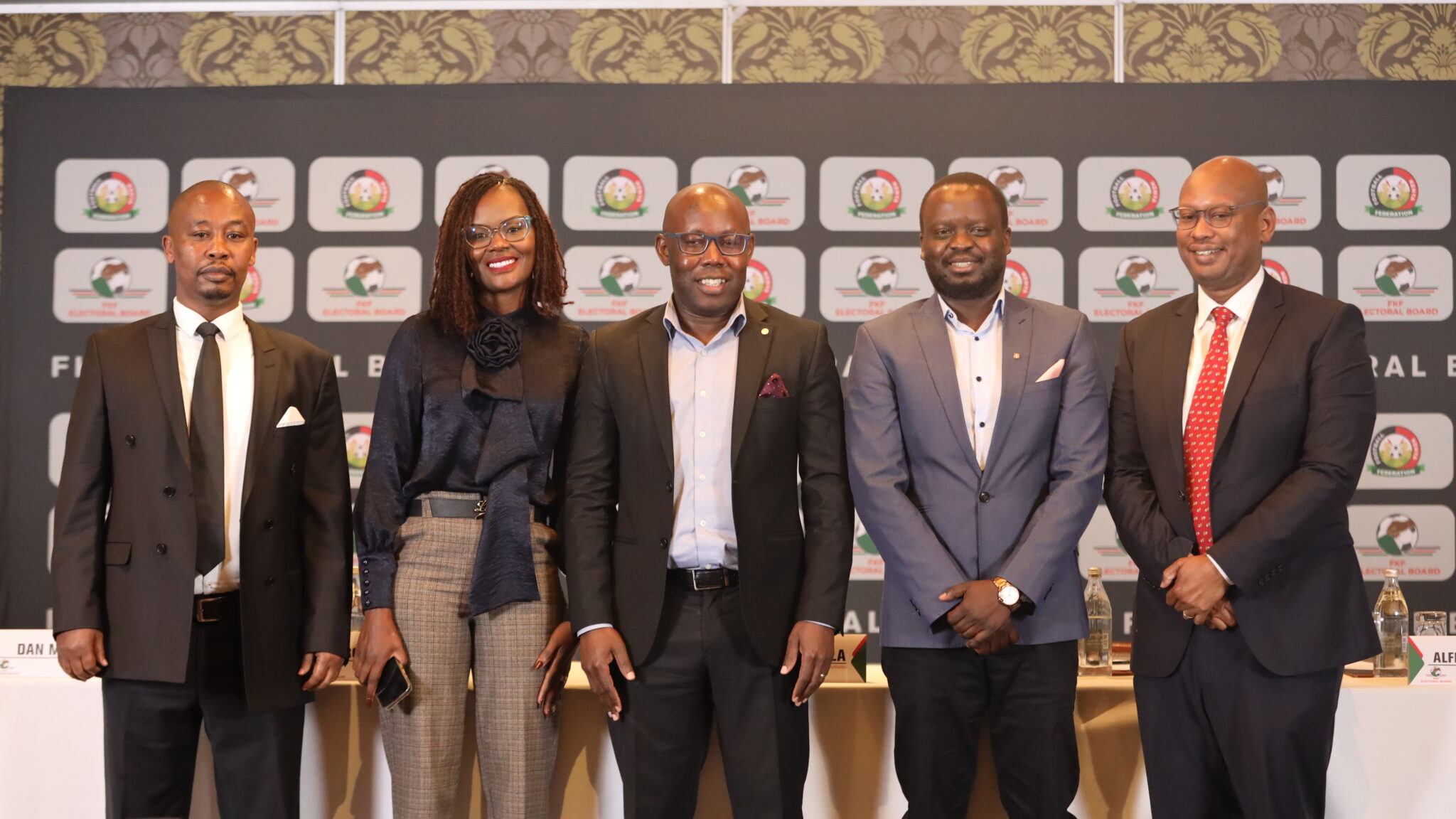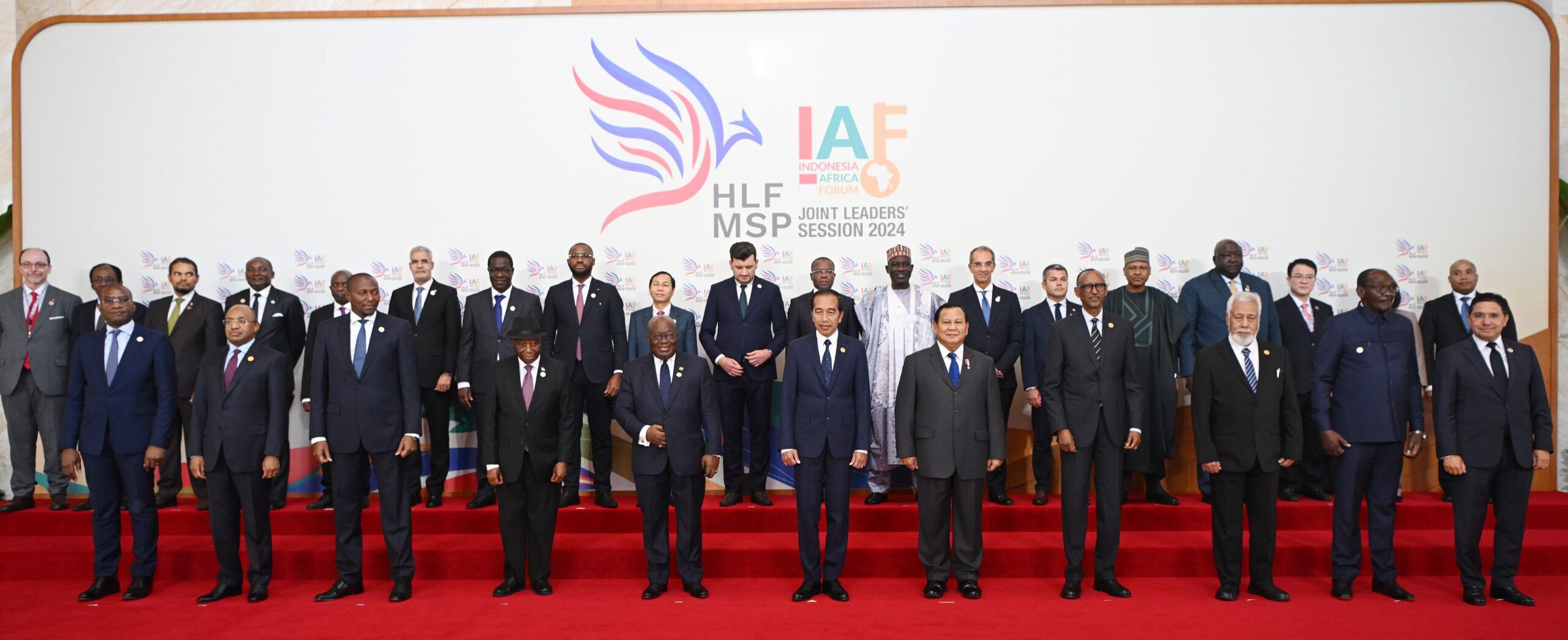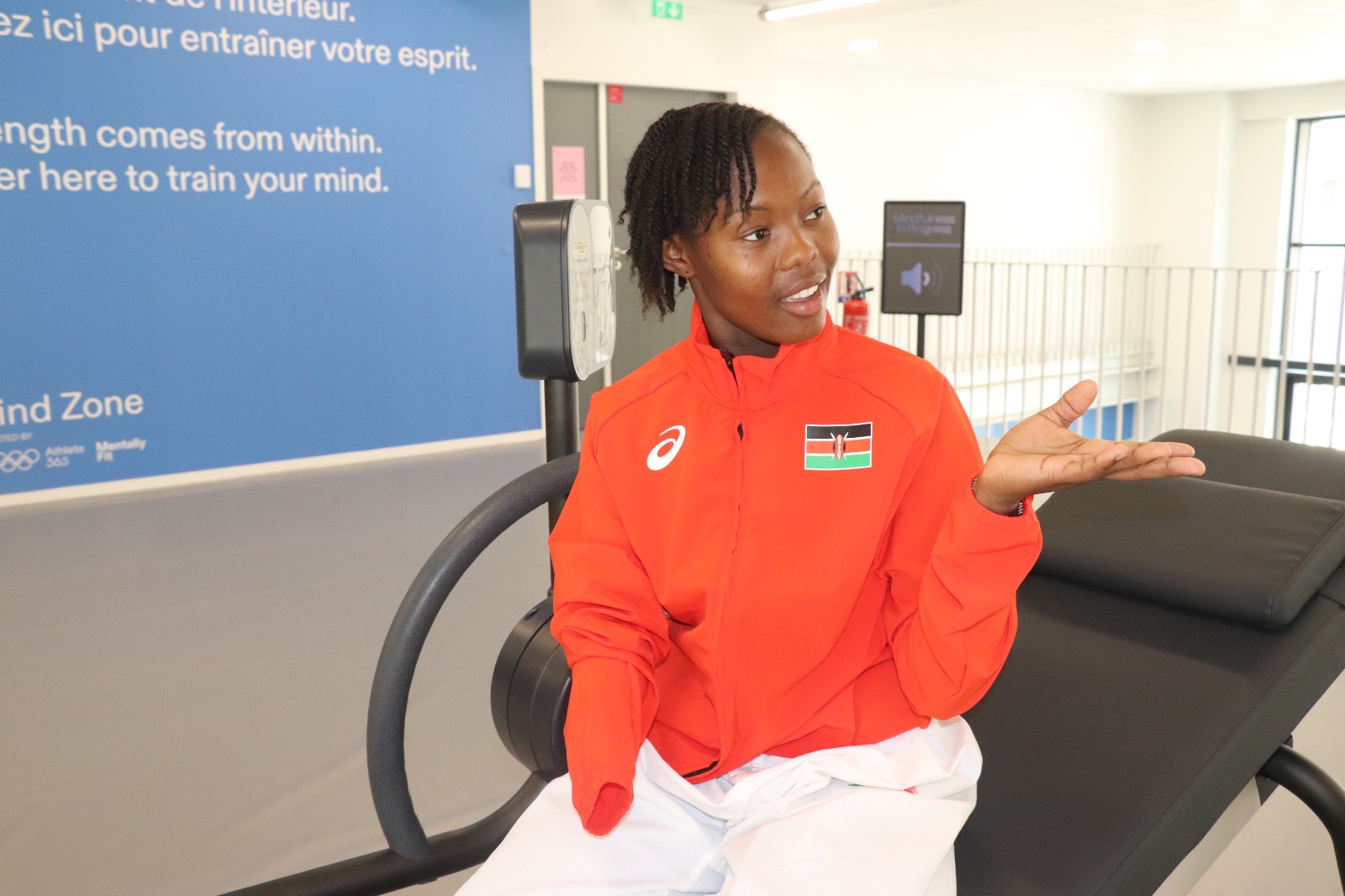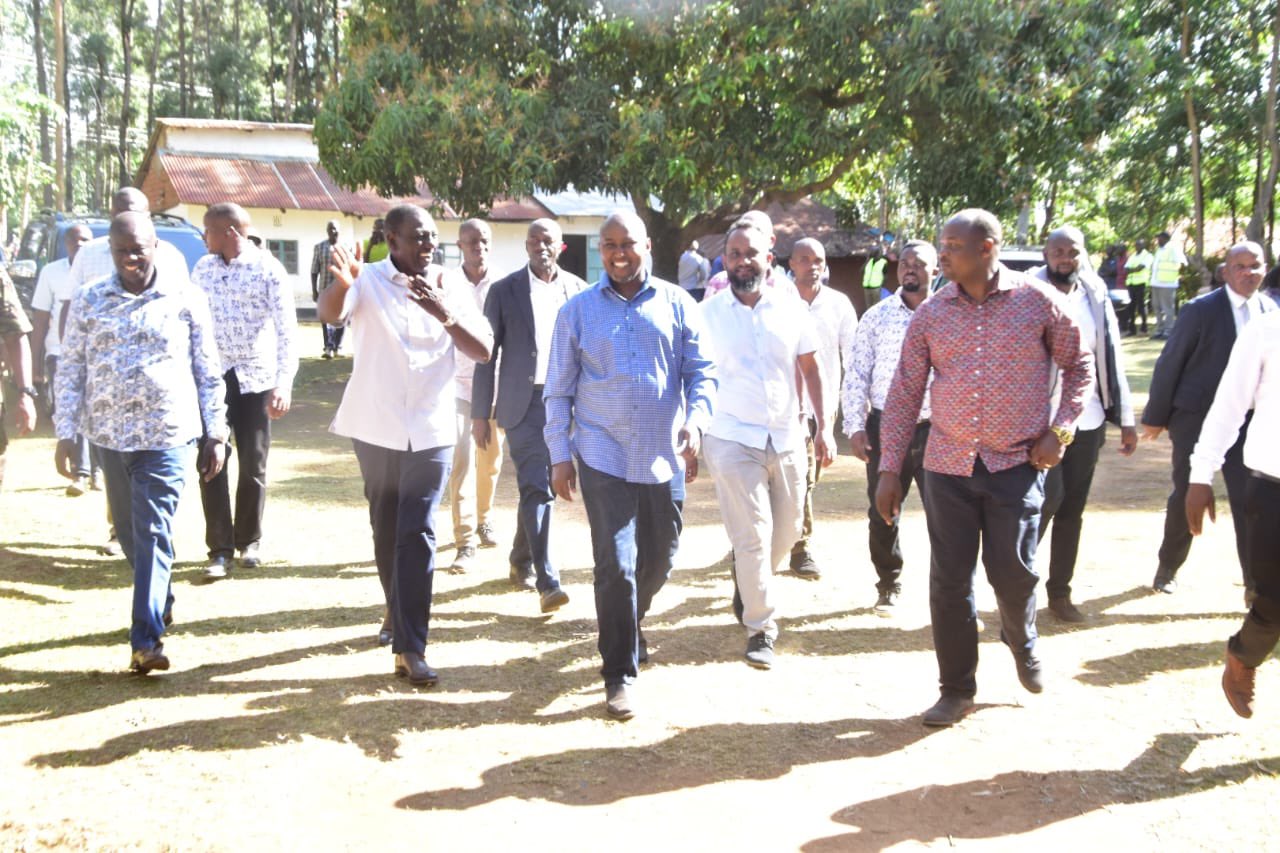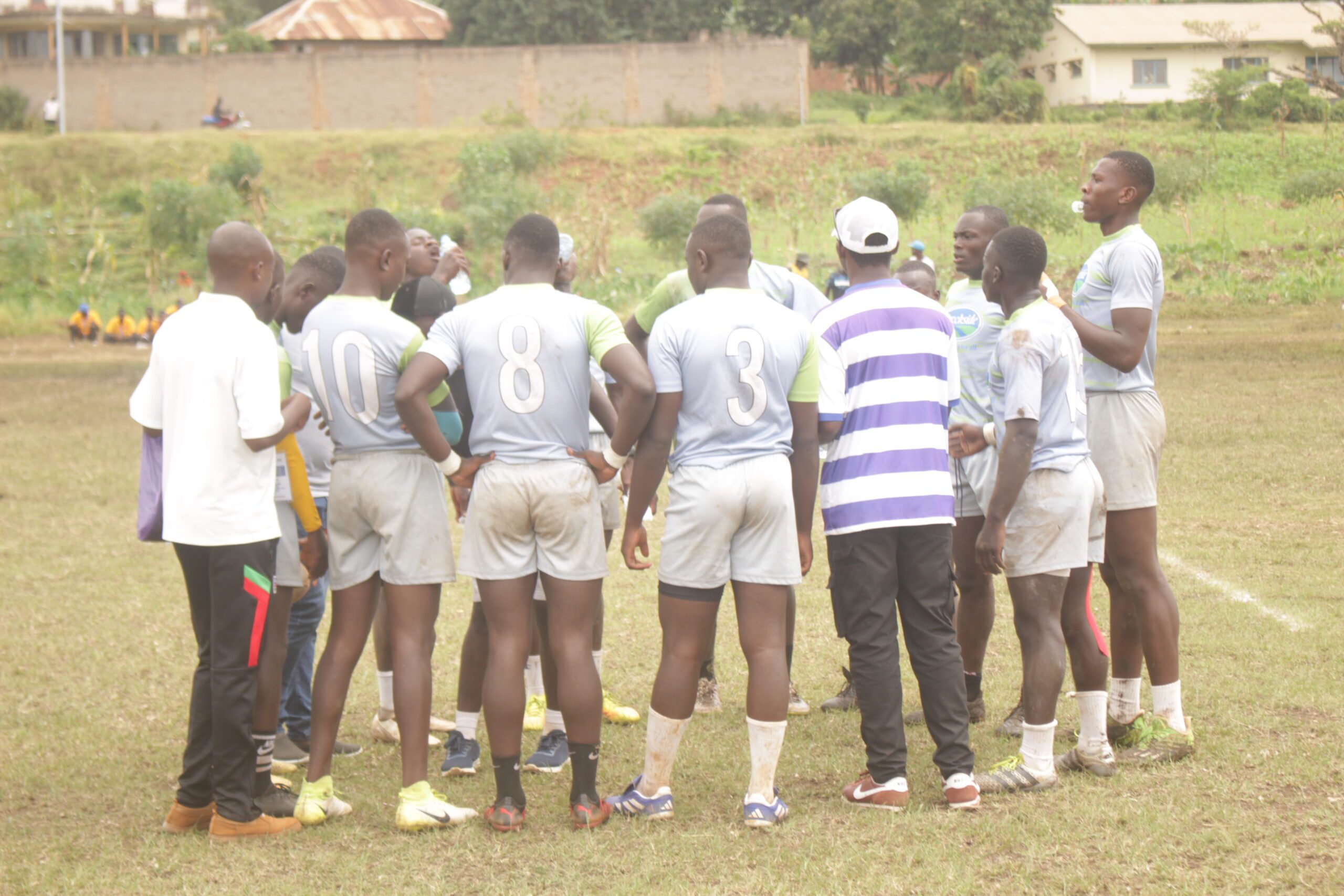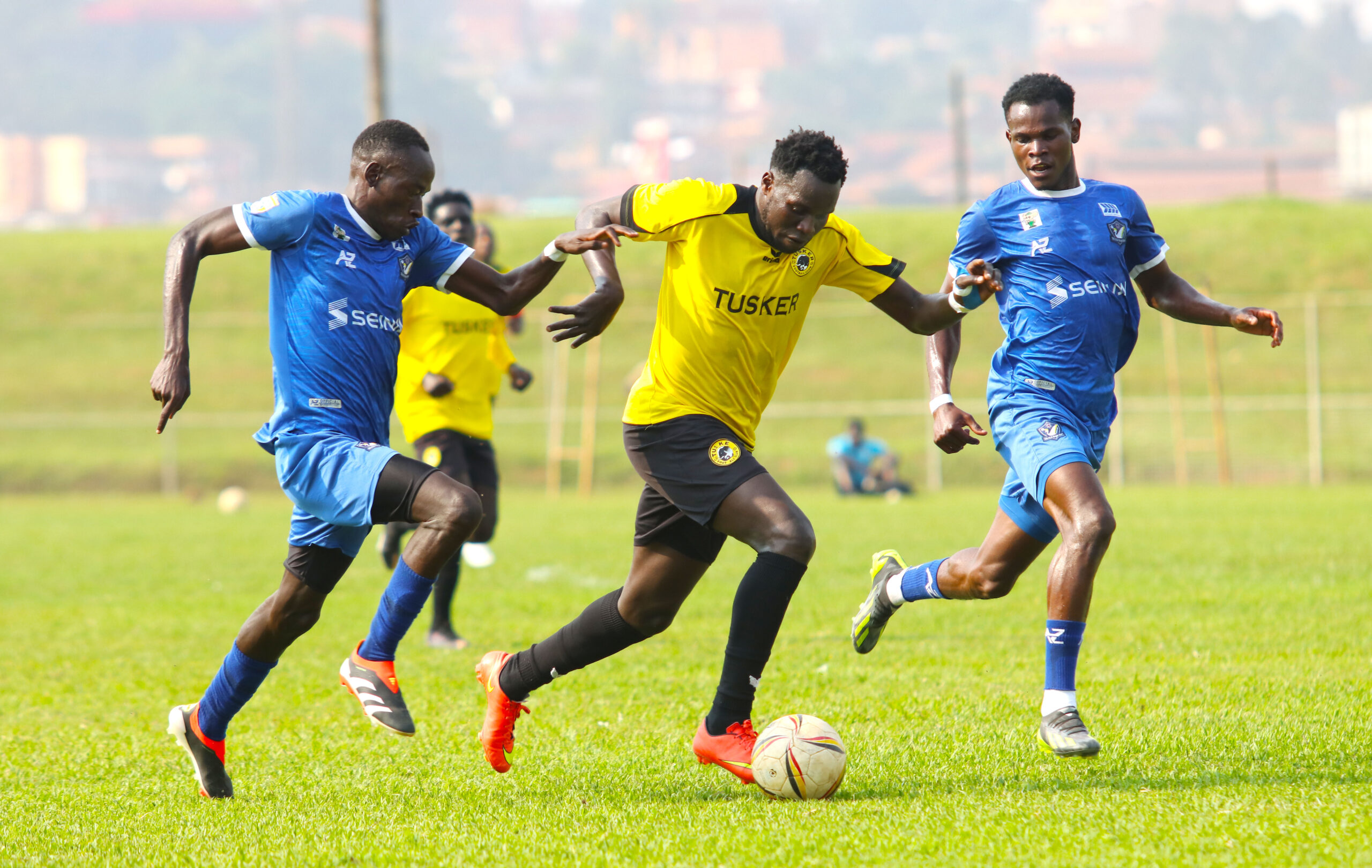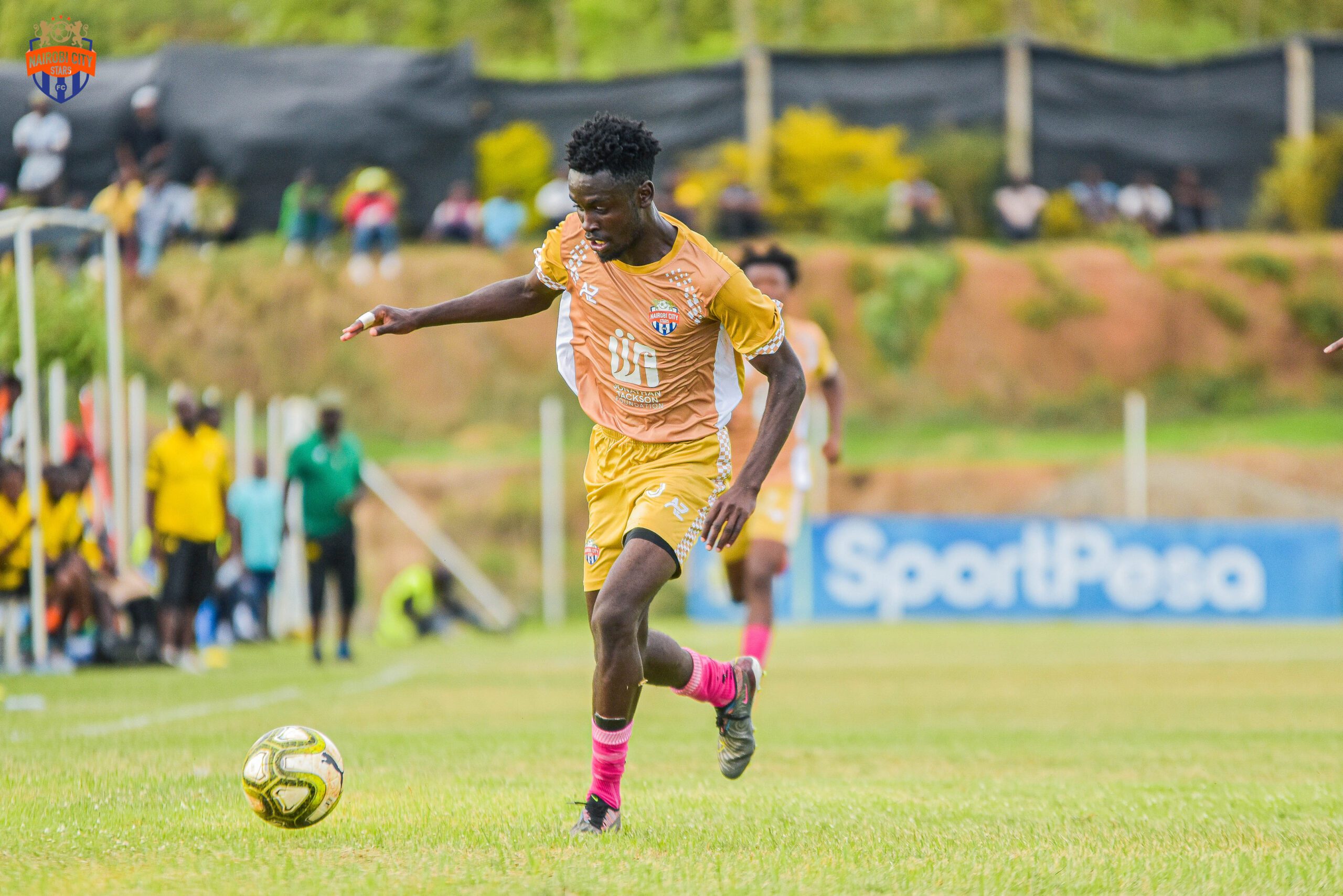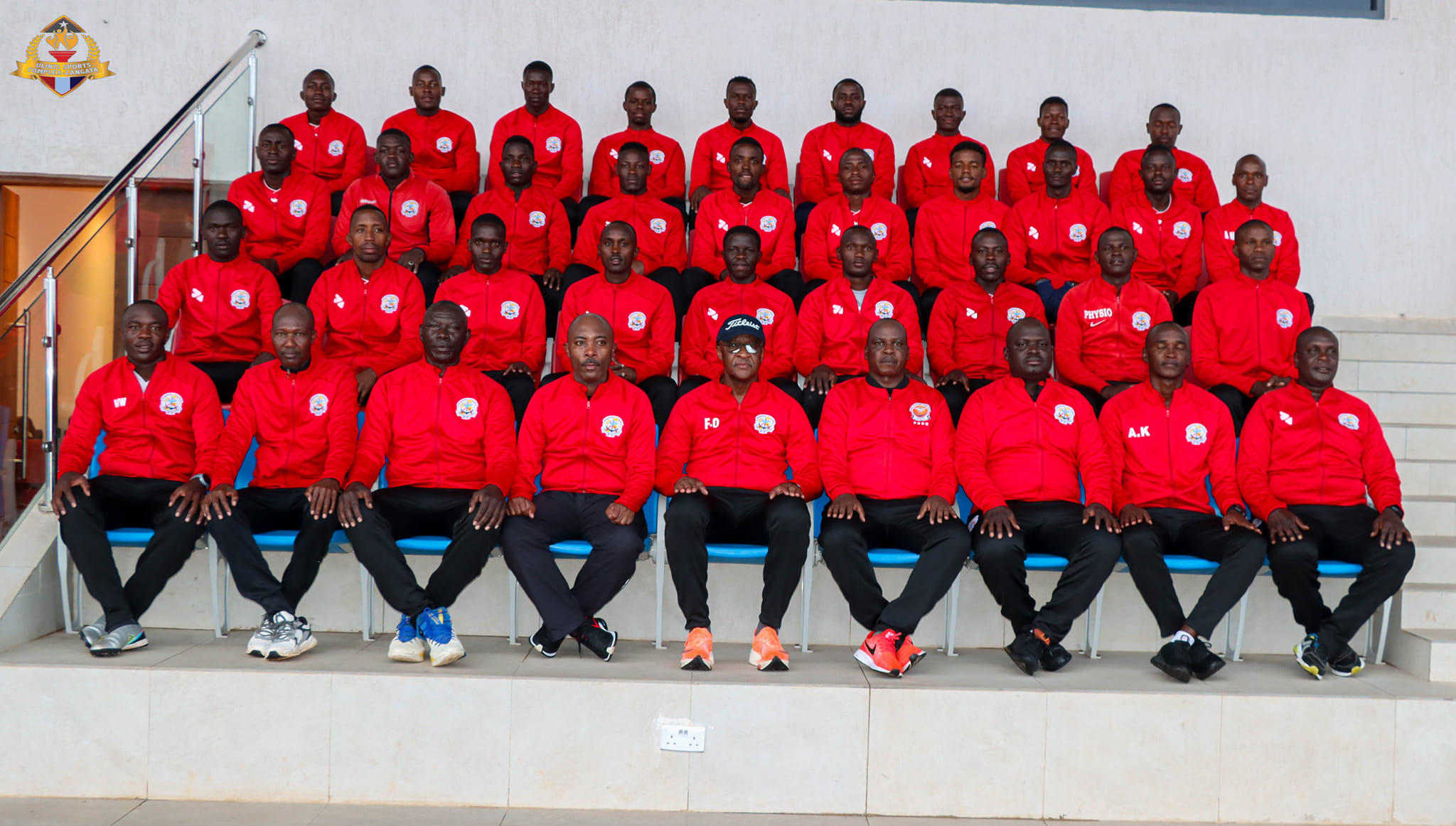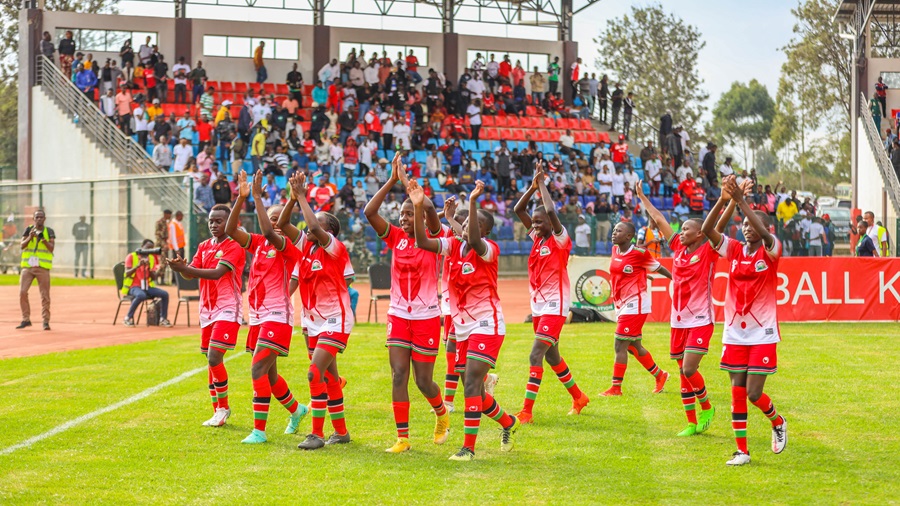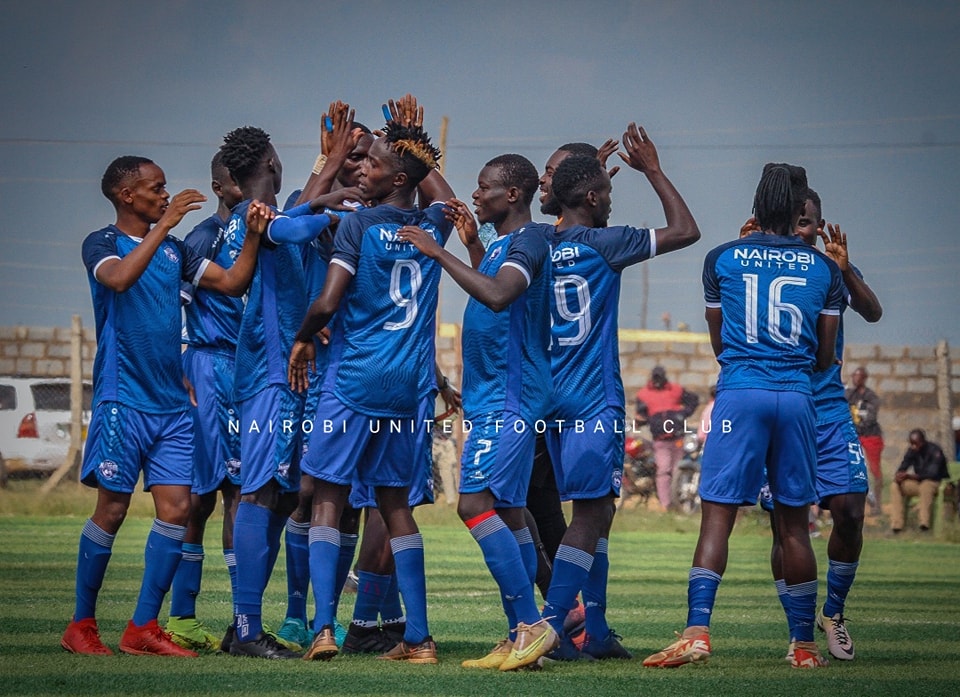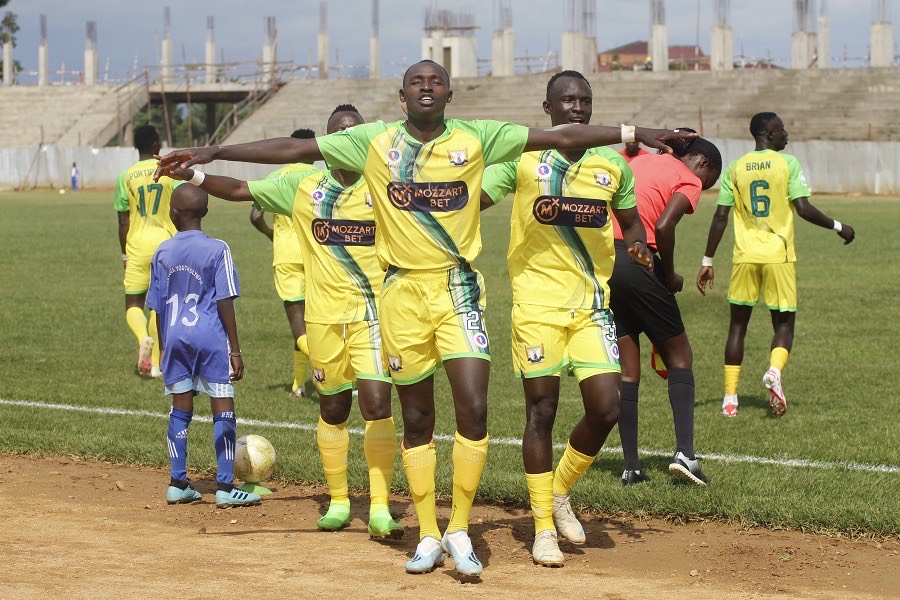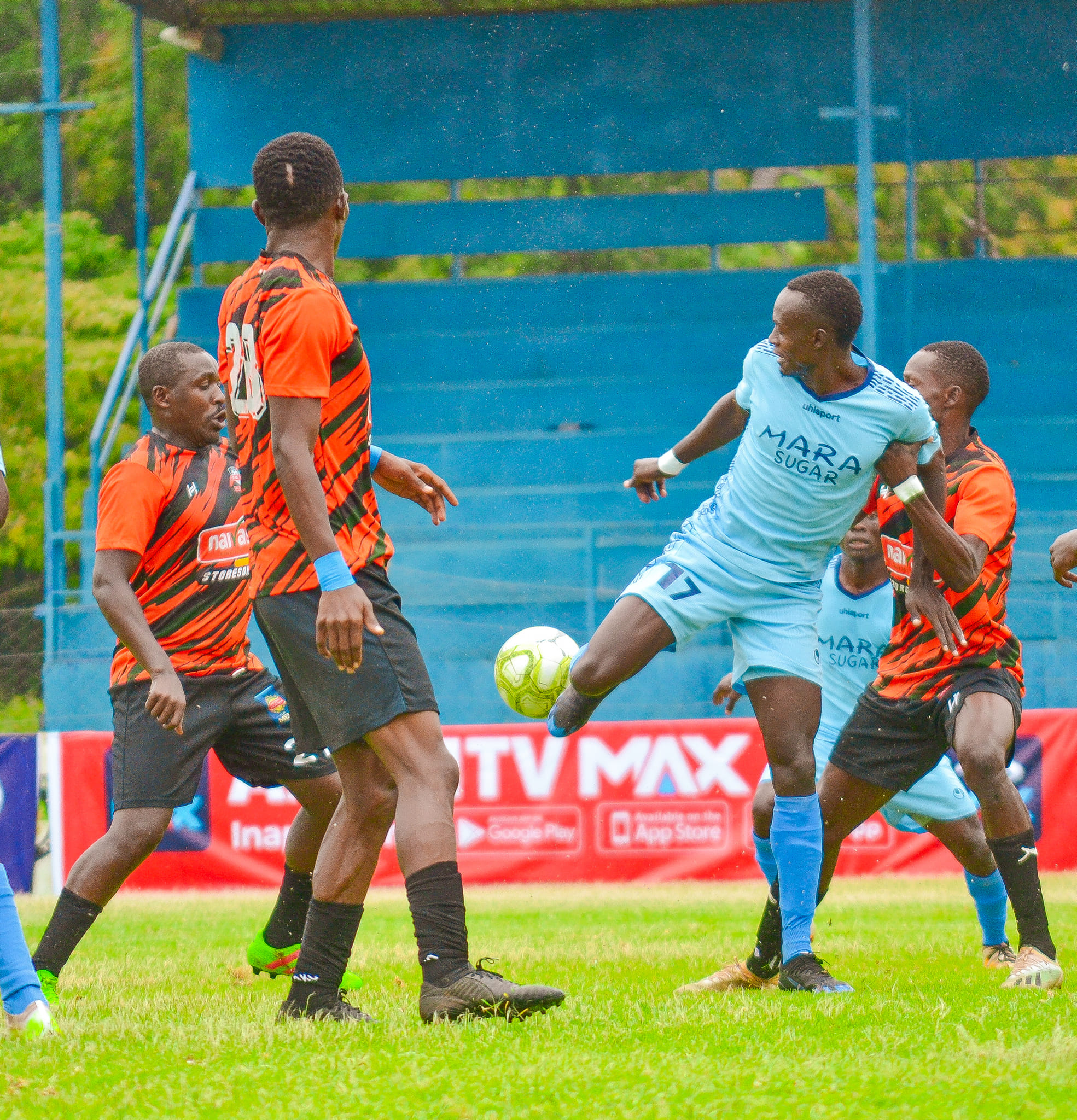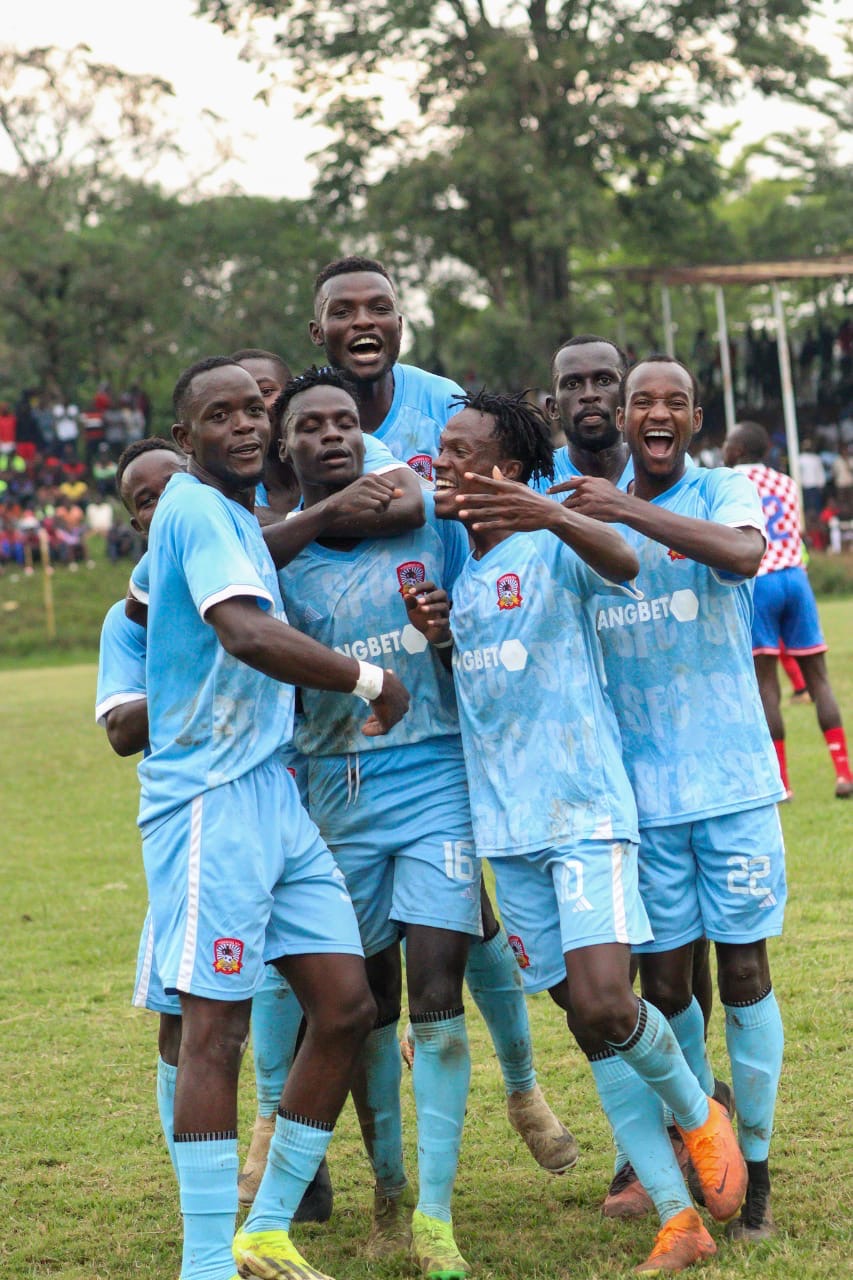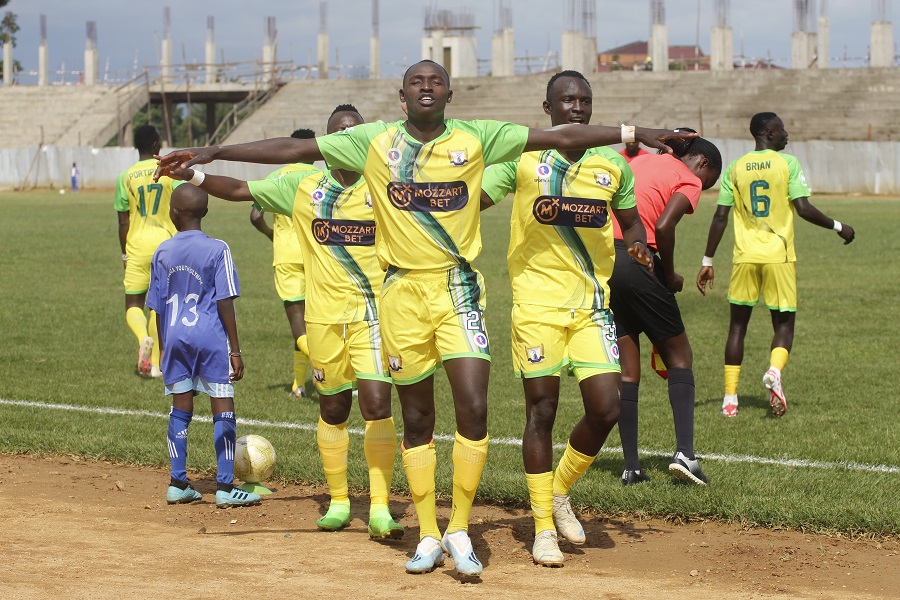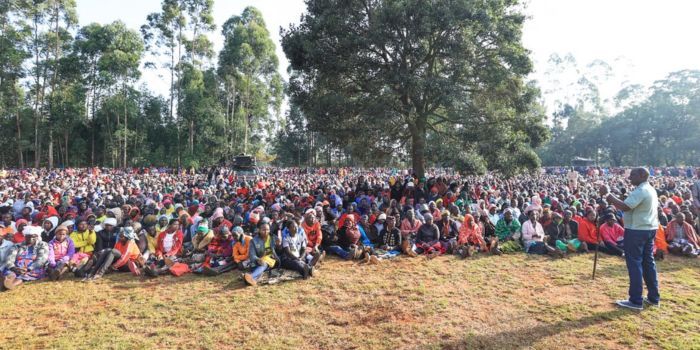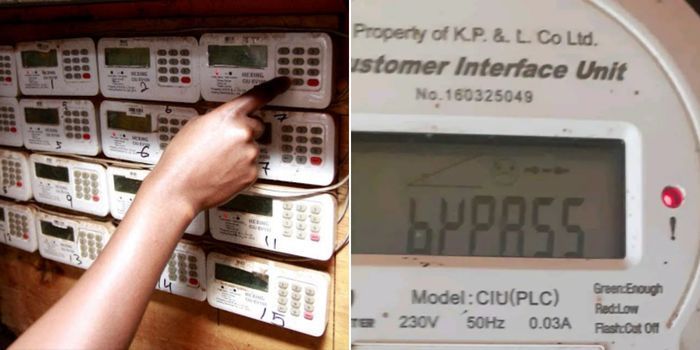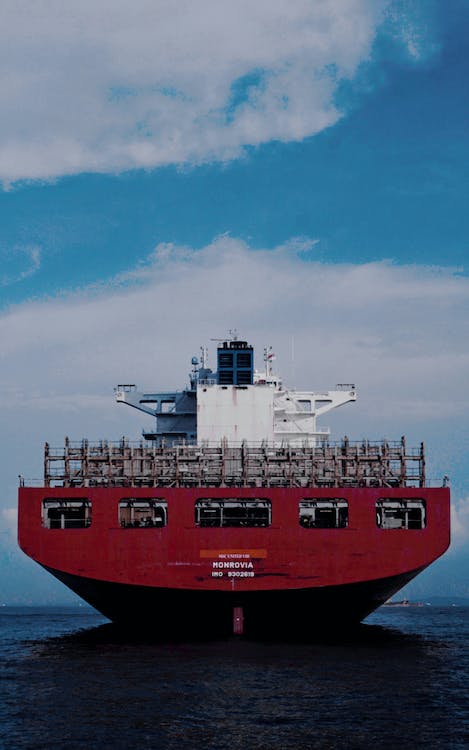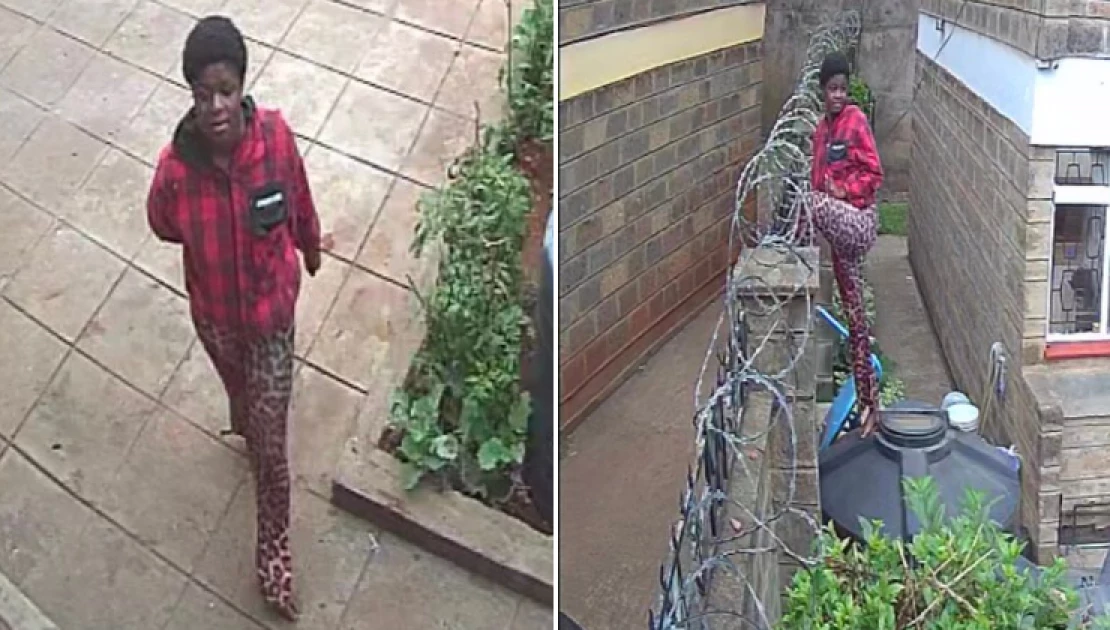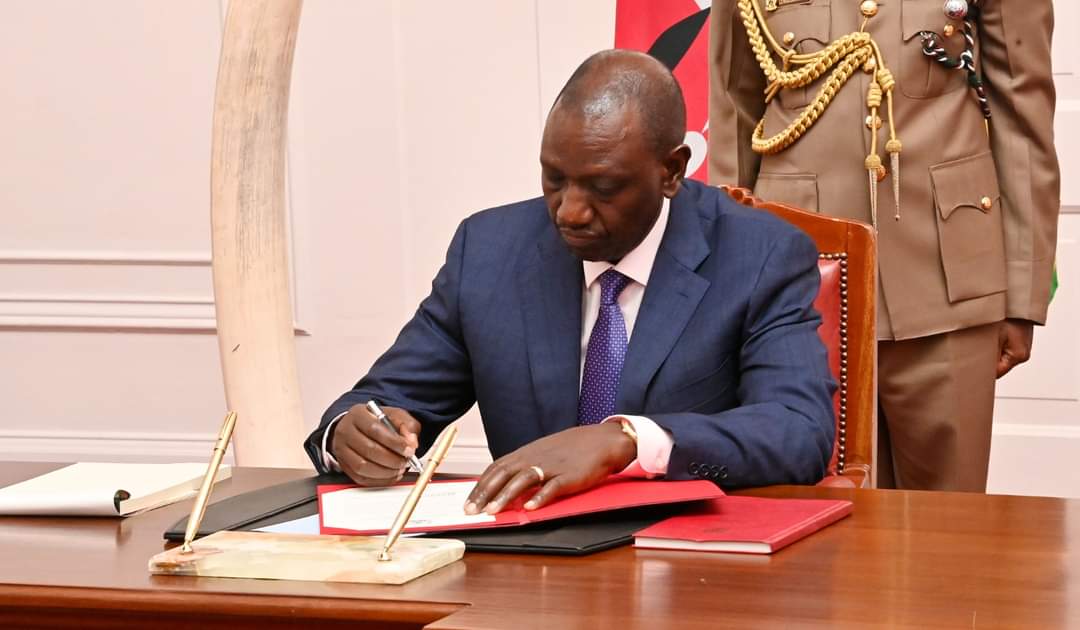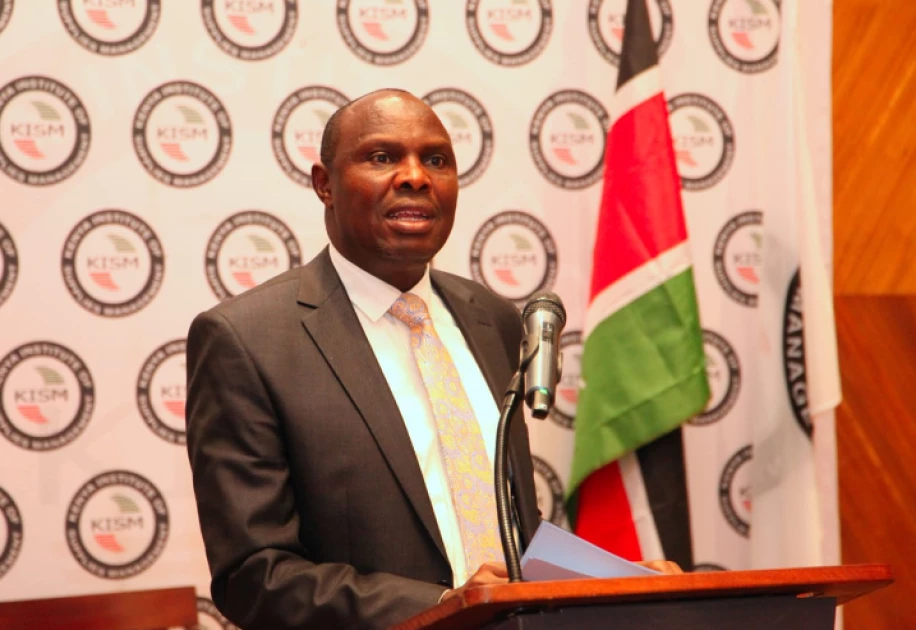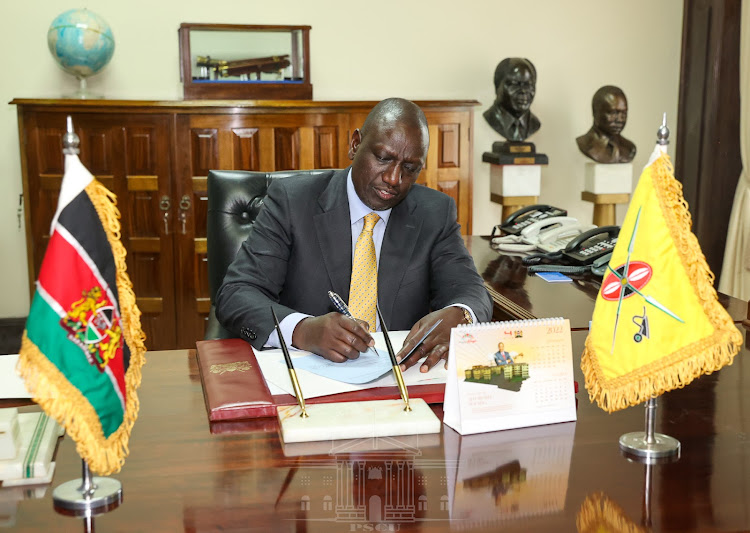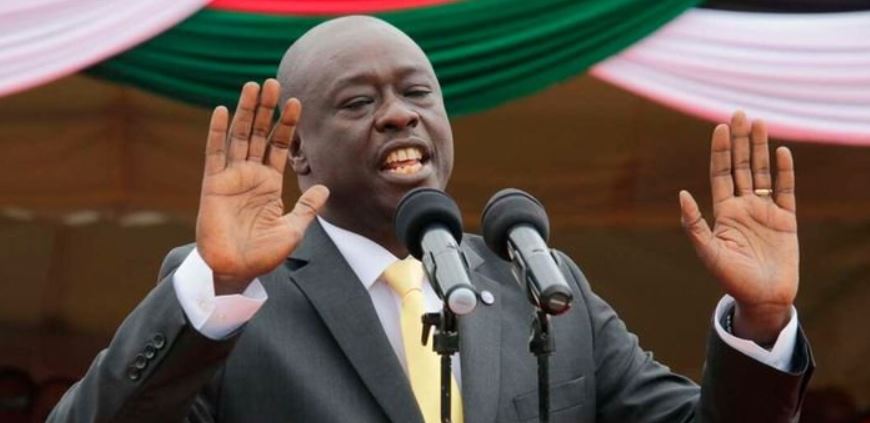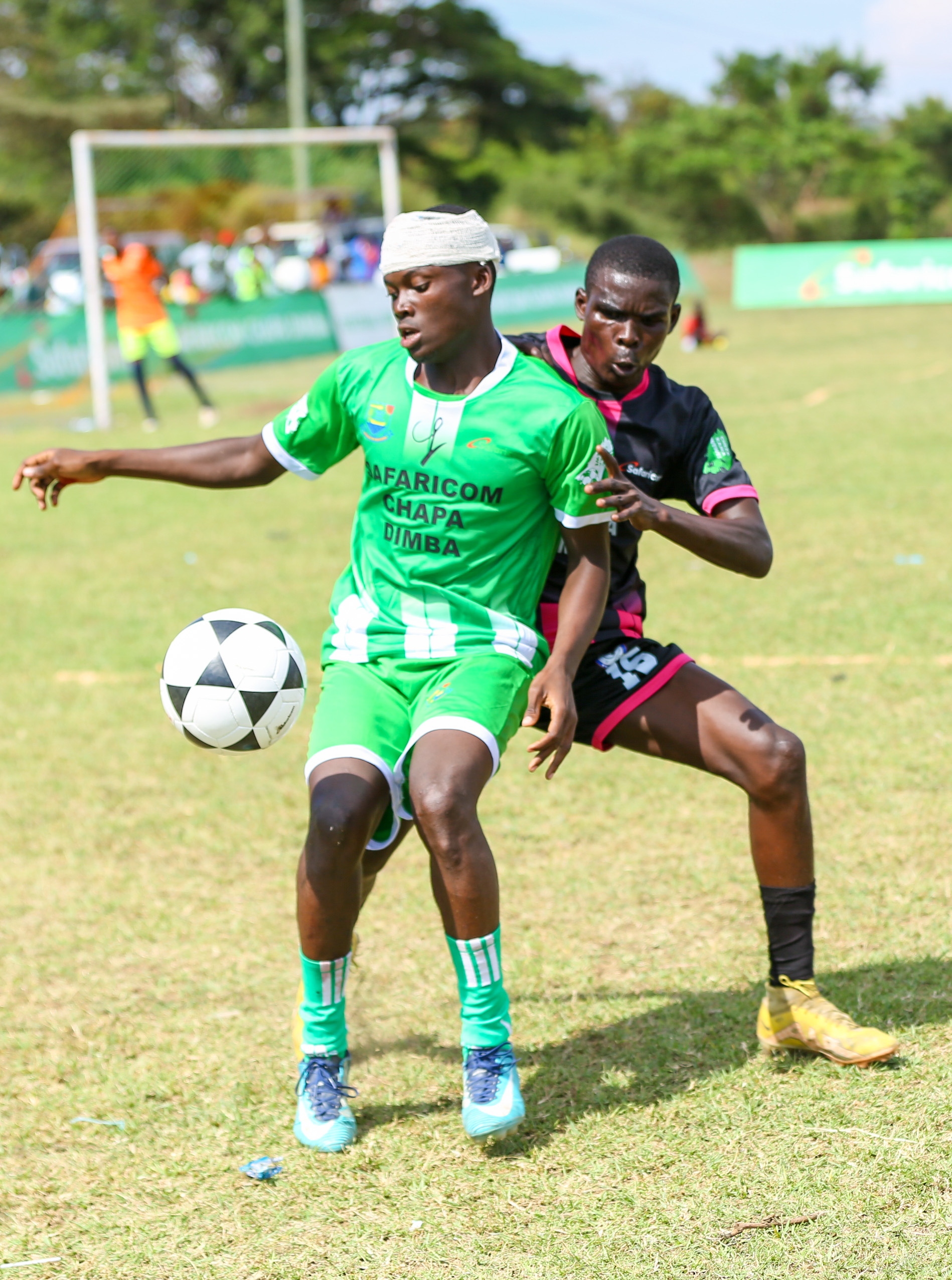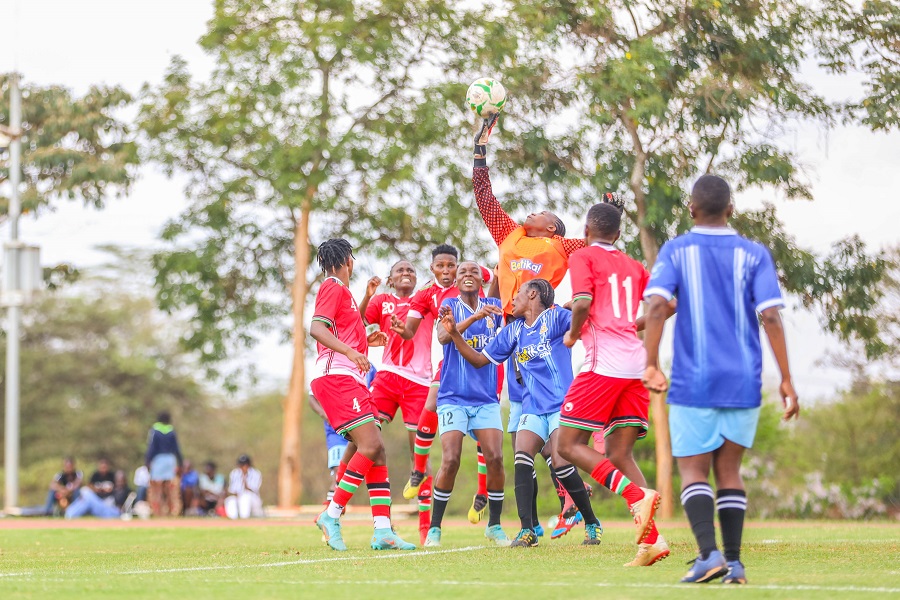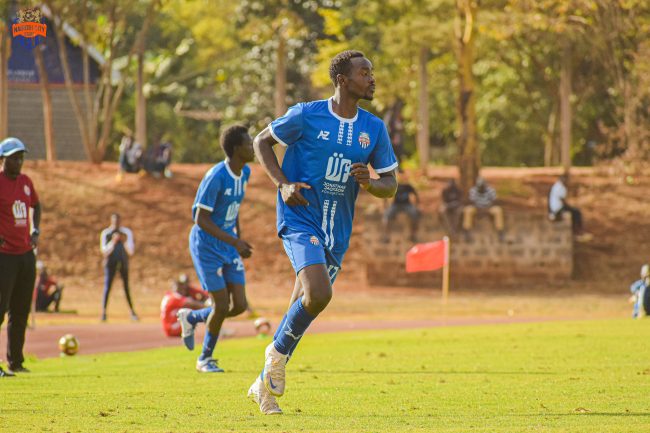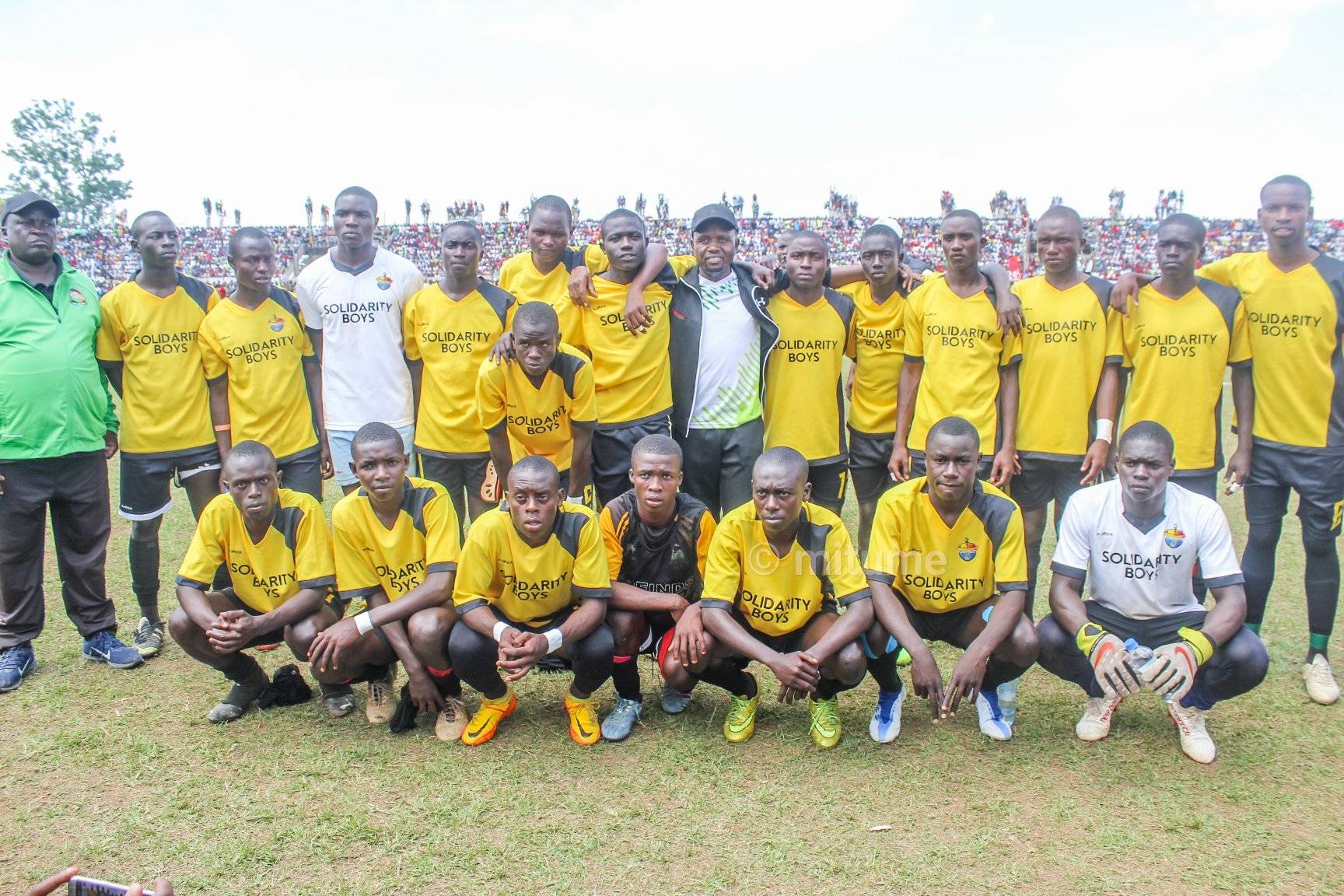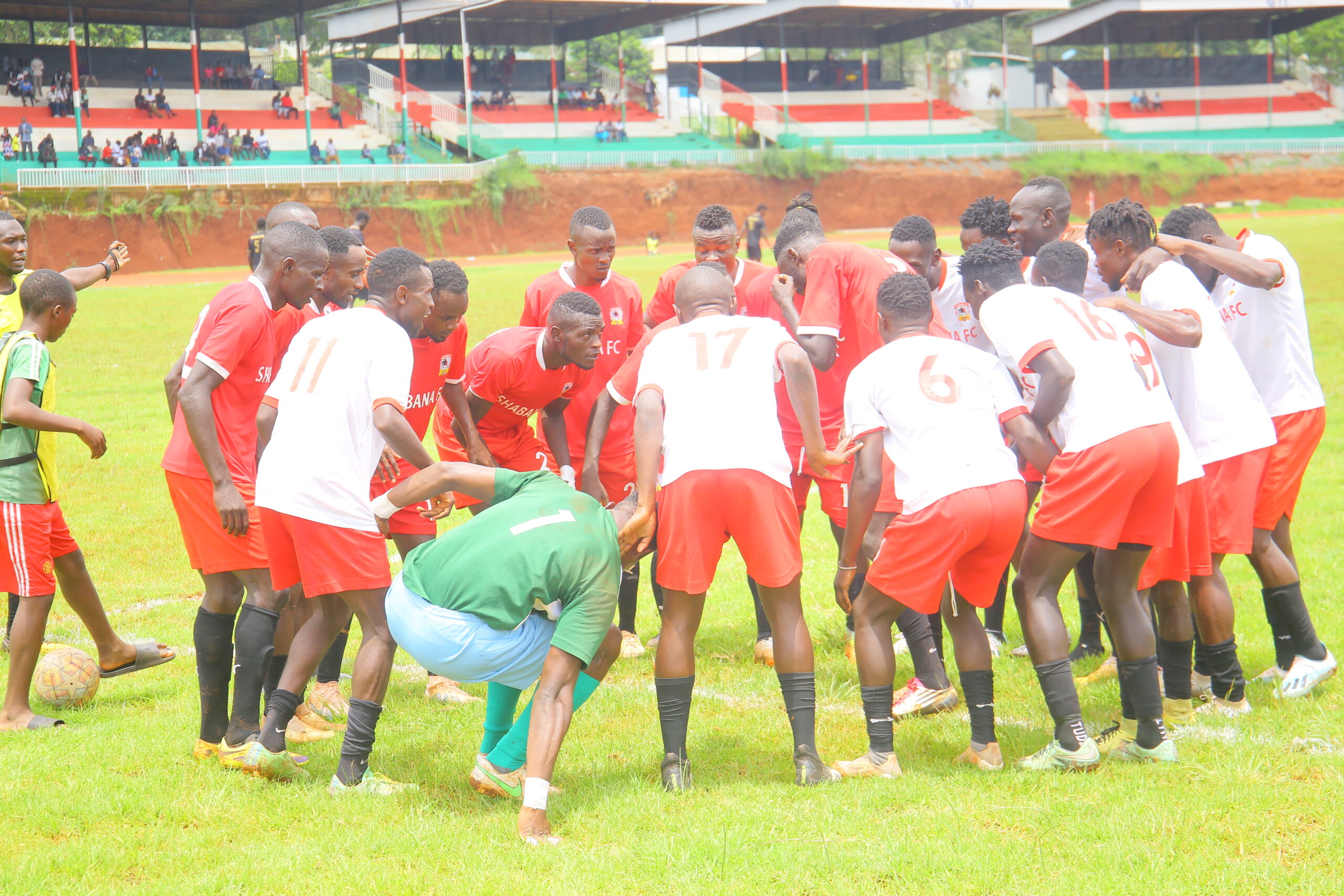The Dandora Estate Sewage Treatment Plant rehabilitation project aims to double its waste treatment capacity.
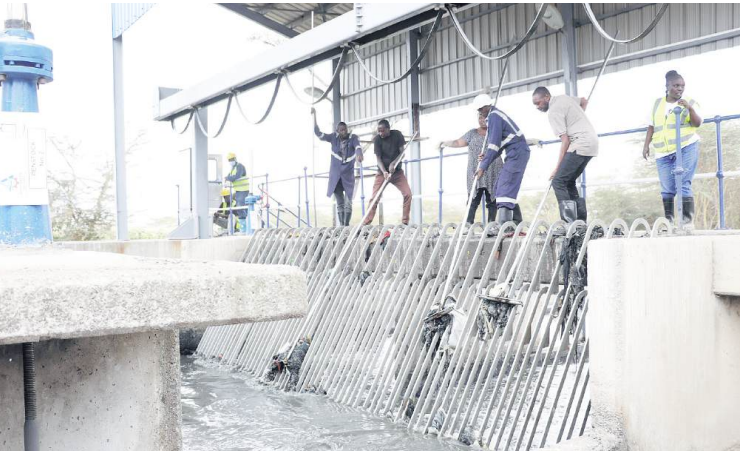

The Nairobi Rivers Rehabilitation and Restoration Programme, known as NaRSIP, is transforming Nairobi’s urban landscape by addressing its long-standing sanitation challenges. Initiated in August 2020 and set for completion in December 2024, this project is designed to expand sewerage coverage and improve waste management in the city.
Background and Impact: Nairobi’s growing population, now exceeding four million, has strained the existing sewerage infrastructure. Open drains and blocked sewers once plagued many residential areas, causing health issues such as cholera, typhoid, and dysentery, particularly among children. Before the project, residents of areas like Thome and Marurui faced frequent sewage overflows and the challenges of manually draining waste.
Susan Gakii from Marurui recalls the difficult days when sewage had to be drained using buckets, creating health hazards for her family. “We used buckets to drain the sewage every 30 minutes. Now, with the sewer line connection, children play outside freely,” she shared.
Phase 1 and Phase 2 Developments: Phase 1 of NaRSIP, completed in 2017, saw an increase in sewerage coverage to 48% through the construction of 56 km of trunk sewers and 40 km of reticulation sewers. The Dandora Waste Water Treatment Plant’s capacity was boosted to handle 40,000 cubic meters per day, and the Kariobangi plant’s capacity was raised from 11,000 to 32,000 cubic meters daily.
Phase 2 is set to extend sewer coverage to over 55%, impacting more than 400,000 residents. The project, under the management of the Athi Water Works Development Agency, involves constructing new sewer lines and connecting key areas such as Githurai, Kahawa West, and Mwiki Clayworks.
Rehabilitation Process: At the heart of NaRSIP is the expansion of the Dandora Estate Sewage Treatment Plant. Covering 4,000 acres 26 km east of Nairobi, the plant treats up to 120,000 cubic meters of domestic and industrial wastewater daily. Resident engineer Duncan Kamau outlined the treatment process: wastewater is screened to remove large debris, then passes through anaerobic and facultative ponds, before moving to maturation ponds where sunlight aids in eliminating pathogens like E. coli.
The facility also plans to convert biogas into energy, reducing greenhouse gas emissions and promoting eco-friendly practices.
Community Transformation: Since the project’s rollout, areas previously plagued by open sewers have seen significant improvements. Residents now enjoy cleaner streets, better air quality, and fewer health issues. Ruaraka Academy’s IT Head, Karani Waruhiu, highlighted the positive impact: “Before the sewer system, we spent a lot on exhauster trucks during rainy seasons, disrupting school activities and affecting student health.”
Grace Muthoni, a property manager in Githurai, noted that drainage blockages are no longer a recurring problem, improving residents’ health and reducing reports of illnesses.
Environmental Benefits and Future Goals: The project also aims to enhance environmental health by planting trees along sewer lines to protect riparian zones. Additionally, a new trunk sewer from the Dandora Dumpsite to Gitwamba ensures waste flows directly to treatment facilities, preventing raw sewage from entering Nairobi River.
Athi Water Works’ Acting Director, Bonnie Nyandwaro, underscored the project’s importance: “This initiative is reducing pollution in Nairobi’s rivers and improving overall health standards. The goal is to eliminate open sewer flows, especially in high-density areas.”
With completion targeted for late 2024, the Nairobi Rivers Sewerage Improvement Project promises a cleaner, healthier city and improved quality of life for its residents.

























































































